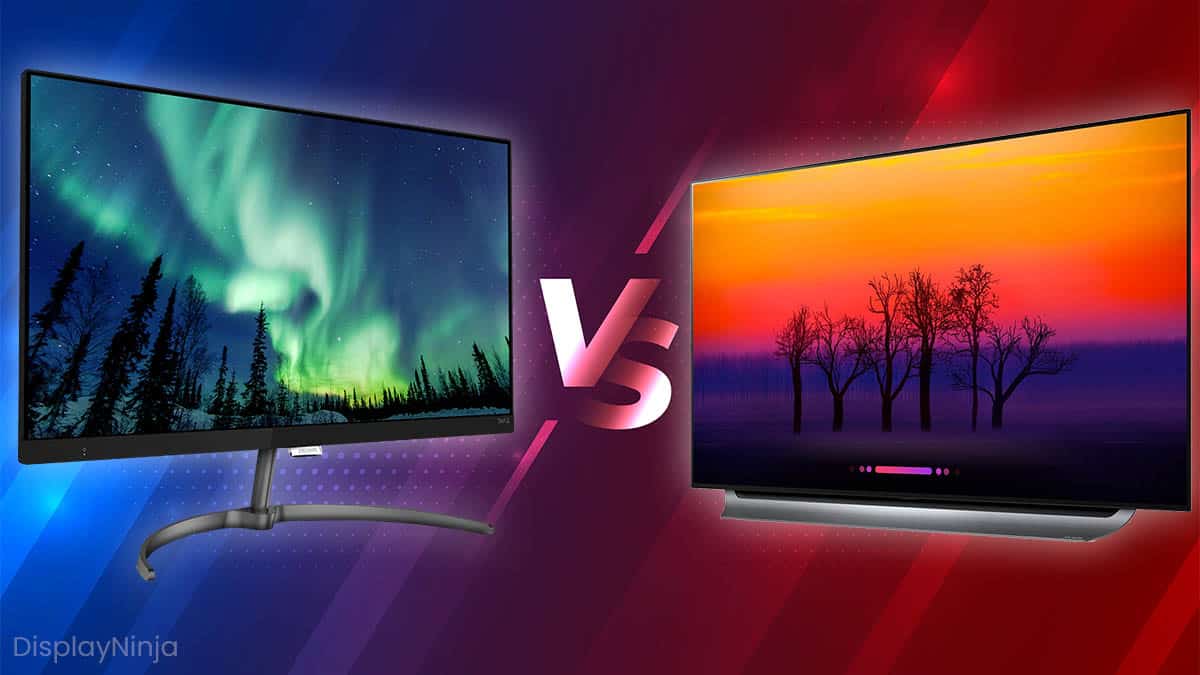If you’re in the market for a new monitor, you may have heard of two popular display technologies: IPS and LED. Both are excellent options, but each has its own strengths and weaknesses. In this article, we’ll explore the differences between IPS and LED displays and help you determine which one is right for your needs.
Introduction to IPS and LED Displays
IPS (In-Plane Switching) and LED (Light Emitting Diode) are two different technologies used in modern computer monitors. IPS displays are known for their excellent color accuracy and wide viewing angles, while LED displays are known for their high brightness and energy efficiency.
IPS displays use a type of LCD panel that allows for a more natural-looking color reproduction. This is achieved by aligning the crystals in the LCD panel parallel to the glass substrate, which results in a more accurate representation of colors.
On the other hand, LED displays use an array of light-emitting diodes to illuminate the screen. This results in a much brighter and energy-efficient display, as the LEDs consume less power than traditional fluorescent tubes.
IPS vs LED: Which One Should You Choose?
Here’s a breakdown of the pros and cons of each technology, to help you decide which one is right for you.
IPS Displays:
Pros:
- Wide viewing angles: You can view an IPS display from almost any angle without any color distortion.
- Accurate colors: IPS displays provide a more natural-looking color reproduction.
- Consistent contrast: IPS displays maintain consistent brightness and contrast levels across the entire screen.
- Better for graphic design and photo editing: IPS displays are the preferred choice for professionals who require color accuracy.
Cons:
- Slower response time: IPS displays have a slower response time compared to LED displays, which can result in motion blur when watching fast-paced videos or playing games.
- More expensive: IPS displays are typically more expensive than LED displays.
LED Displays:
Pros:
- High brightness: LED displays are much brighter than IPS displays, making them ideal for use in bright environments.
- Energy-efficient: LED displays consume less power than traditional fluorescent tubes, making them more energy-efficient.
- Faster response time: LED displays have a faster response time than IPS displays, making them ideal for gaming and fast-paced video content.
- More affordable: LED displays are typically more affordable than IPS displays.
Cons:
- Narrow viewing angles: You may experience color distortion when viewing an LED display from an angle.
- Less accurate colors: LED displays may not provide the same level of color accuracy as IPS displays.
- Inconsistent contrast: LED displays may exhibit contrast shift when viewed from an angle.
- Not ideal for graphic design and photo editing: LED displays may not be the best choice for professionals who require color accuracy.
Tips and Tricks for Choosing the Right Display
Here are some tips to help you choose the right display for your needs:
- Consider your usage: If you’re a graphic designer or photographer, an IPS display may be the better choice. If you’re a gamer or watch a lot of fast-paced video content, an LED display may be more suitable.
- Look for a display with a fast response time: A fast response time is important for gamers and anyone who watches a lot of fast-paced content.
- Consider your budget: LED displays are typically more affordable than IPS displays, but may not provide the same level of color accuracy.
- Look for a display with a high brightness level: A high brightness level is important if you plan to use your monitor in a brightly lit environment.
